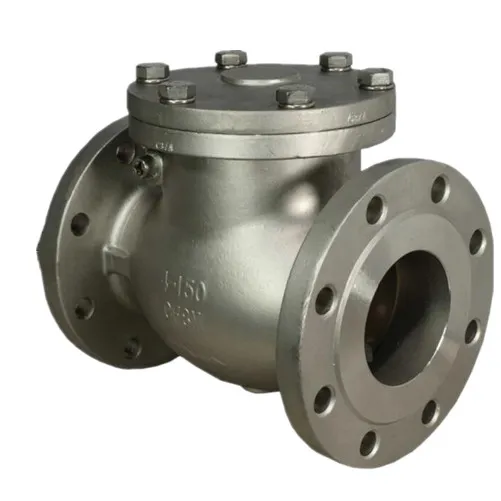Mobile:+86-311-808-126-83
Email:info@ydcastings.com
bearing end cover
Understanding the Importance of Bearing End Covers
Bearing end covers are pivotal components in various machinery, particularly in applications involving rotating elements. These covers serve multiple functions, including protecting bearings from contaminants, retaining lubrication, and supporting the overall structural integrity of the assembly. In this article, we will delve into the significance of bearing end covers and explore their design, materials, and impact on the longevity of bearings.
The Role of Bearing End Covers
At their core, bearing end covers are designed to shield bearings from dirt, dust, and other environmental pollutants. Contaminants can lead to premature wear, lubrication breakdown, and ultimately, bearing failure. By ensuring that the bearings are kept clean, end covers extend their operational lifespan and optimize their performance.
In addition to contamination prevention, bearing end covers also serve to retain lubrication. Lubricants are essential for minimizing friction and wear of moving parts. Without effective seals to contain the lubricant, machines can experience increased friction, overheating, and mechanical failure. Therefore, the design of bearing end covers often incorporates features that ensure a tight seal, minimizing the risk of lubricant leakage.
Design Considerations
The design of bearing end covers is critical in enhancing the overall performance of the assembly. Key factors include the size, shape, and material of the covers. The size of the cover must match the dimensions of the bearing housing, while its shape is often dictated by the specific application and space constraints within the machinery.
Material selection is another vital aspect of end cover design. Common materials used include metals like aluminum and steel, as well as engineering plastics such as polycarbonate and nylon. Each material offers distinct advantages. For example, metals can provide superior strength and durability, while plastics may offer better resistance to corrosion and lighter weight, which is important in applications where reducing overall machine weight is crucial.
bearing end cover

Manufacturing Techniques
The manufacturing of bearing end covers involves various techniques, including machining, injection molding, and stamping. Machining allows for high precision and is suitable for applications requiring tight tolerances. Injection molding is often used for plastic covers, enabling the production of complex shapes at a lower cost. Stamping can be a cost-effective way to produce metal covers in high volumes.
Advancements in manufacturing technology have also facilitated the development of custom end covers tailored to specific applications. This customization can help address unique challenges, such as extreme temperatures, pressures, or corrosive environments.
Impact on Maintenance and Performance
Properly designed and installed bearing end covers significantly enhance the maintenance intervals of machinery. By preventing contamination and retaining lubrication, they help reduce the frequency of inspections and replacements, leading to lower operational costs. This is particularly important in industrial settings, where unscheduled downtime can result in significant production losses.
Moreover, the performance of bearings is inherently tied to the quality of their end covers. A well-designed end cover can reduce vibrations and noise, leading to a smoother operational experience. In applications such as high-speed machinery or precision equipment, minimizing vibrations is crucial as it directly affects accuracy and longevity.
Conclusion
Bearing end covers are often overlooked components in mechanical assemblies, yet they play a critical role in ensuring the reliability and efficiency of machinery. By protecting bearings from external contaminants and retaining critical lubricants, these covers enhance the longevity and performance of bearings. Engineers must pay careful attention to the design and materials used in bearing end covers to address the specific needs of each application. With the right end covers in place, machinery can operate more smoothly, maintain optimal performance, and achieve greater durability, ultimately leading to improved productivity and cost savings over time.
-
Why Should You Invest in Superior Pump Castings for Your Equipment?NewsJun.09,2025
-
Unlock Performance Potential with Stainless Impellers and Aluminum End CapsNewsJun.09,2025
-
Revolutionize Your Machinery with Superior Cast Iron and Aluminum ComponentsNewsJun.09,2025
-
Revolutionize Fluid Dynamics with Premium Pump ComponentsNewsJun.09,2025
-
Optimizing Industrial Systems with Essential Valve ComponentsNewsJun.09,2025
-
Elevate Grid Efficiency with High-Precision Power CastingsNewsJun.09,2025











